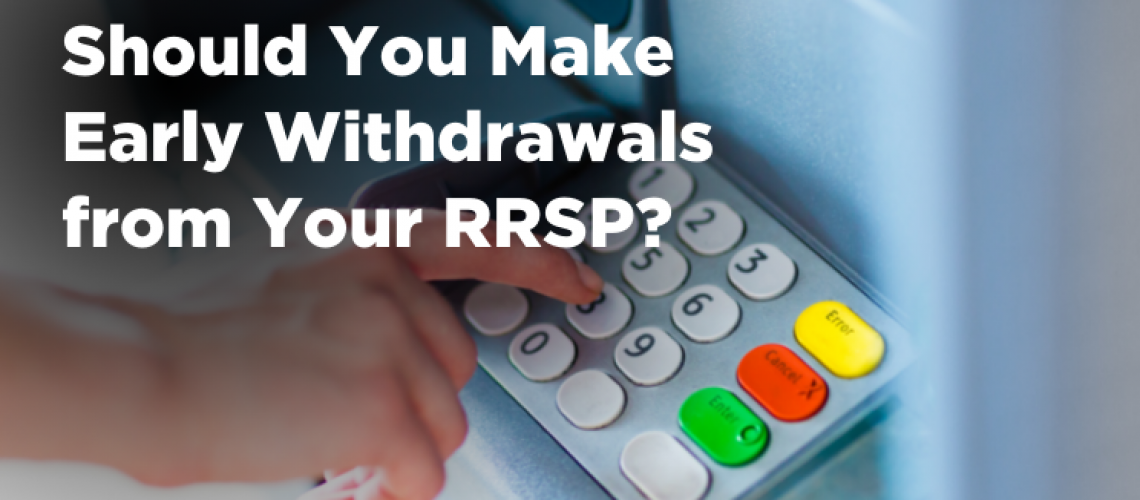Getting the most out of your registered retirement savings plan (RRSP) isn’t just about maxing out your contribution limit every year. It’s also about carefully planning when to withdraw your savings. As a rule of thumb, the longer you can leave your money in the account, the better, allowing your savings to continue growing. When you make withdrawals early, before you retire, your money is no longer able to work toward securing your financial future.
On the other hand, sometimes financial necessity or early retirement plans require you to withdraw your funds early. To decide when to dip into your RRSP and when to hold off, you need to consider several factors: the tax consequences of the withdrawal, the potential tax-advantaged growth you’re giving up, and your individual financial needs.
RRSP withdrawal rules
You can withdraw money from an RRSP at any time for any reason, but be mindful that withdrawals are taxable as income. If you withdraw money while you’re still working, you could inadvertently bump yourself up into a higher tax bracket. Be aware, as well, that a portion of your withdrawal — up to 30% — will be withheld to be put toward taxes, and you may owe additional money come tax time.
There are two exceptions to this rule: The Home Buyer’s Plan allows you to withdraw up to $35,000 from your RRSP tax-free to pay for a qualifying home for yourself or a relative with a disability. The Lifelong Learning Plan allows you to make a tax-free withdrawal of up to $10,000 per year from your RRSP to pay for full-time training or education for yourself or a spouse. (You cannot use the money to pay for education or training for your child or the child of a spouse.) The funds you withdraw for these programs must be repaid, and repayments are subject to a strict schedule.
It’s also important to note that withdrawals from your RRSP do not increase the amount that you can contribute in a given year. For example, if you have $5,000 of contribution room and withdraw $1,000, you will not have $6,000 of contribution room.
The benefit of leaving your money in the markets
Opportunity cost is one of the biggest issues with early withdrawals from RRSPs. Whatever money you take out of your account is no longer there working for you. In general, you get the most out of a tax-advantaged retirement account when you leave your money in the account over the long term, giving it a chance to benefit from tax-advantaged compounding growth.
Let’s take a look at a simple example. Say you withdraw $10,000 from an RRSP at age 50 to help you buy a new car. That amount is subject to 20% withholding, so you’ll only receive $8,000 to help you make your purchase. If you left that $10,000 in your retirement account until you retired at age 65, it would have had 15 years of tax-advantaged compounding growth. At a 6% interest rate compounding annually, that $10,000 would have grown to about $23,965 by the end of the period. That’s nearly an extra $14,000 you could have put toward retirement income.
Generally speaking, if you can avoid using your RRSP savings for anything but retirement income, you should. In some circumstances, early withdrawals may be necessary. A financial advisor can help you determine your options and come up with a plan to make sure you are still on track to retire.
SOURCES:
https://www.sunlifeglobalinvestments.com/en/insights/investor-education/getting-started/rrsps-know-your-limits/
https://maplemoney.com/withholding-tax-on-rrsp-withdrawals/
https://www.canada.ca/en/revenue-agency/services/tax/individuals/topics/rrsps-related-plans/what-home-buyers-plan.html
https://www.canada.ca/en/revenue-agency/services/tax/individuals/topics/rrsps-related-plans/lifelong-learning-plan.html
